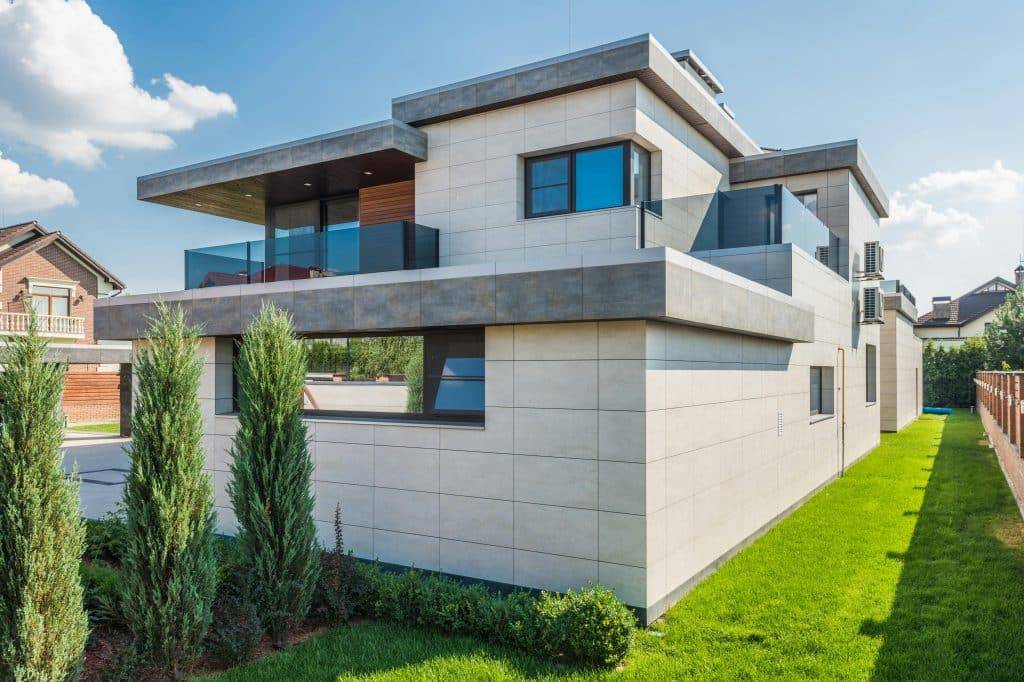The History of Contemporary Architecture: A Journey Through Modern Innovation
Contemporary architecture is more than just a style—it’s a constantly evolving narrative that reflects the culture, technology, and environmental consciousness of our time. Emerging from the modernist movement of the early 20th century, contemporary architecture has grown into a diverse field that embraces sustainability, minimalism, high-tech materials, and global influences. In this blog, we’ll explore the history of contemporary architecture, highlighting key movements, influential architects, and landmark buildings that define this innovative era. The history of Contemporary Architecture—explore its evolution through tech, sustainability, and design icons shaping the modern built environment.
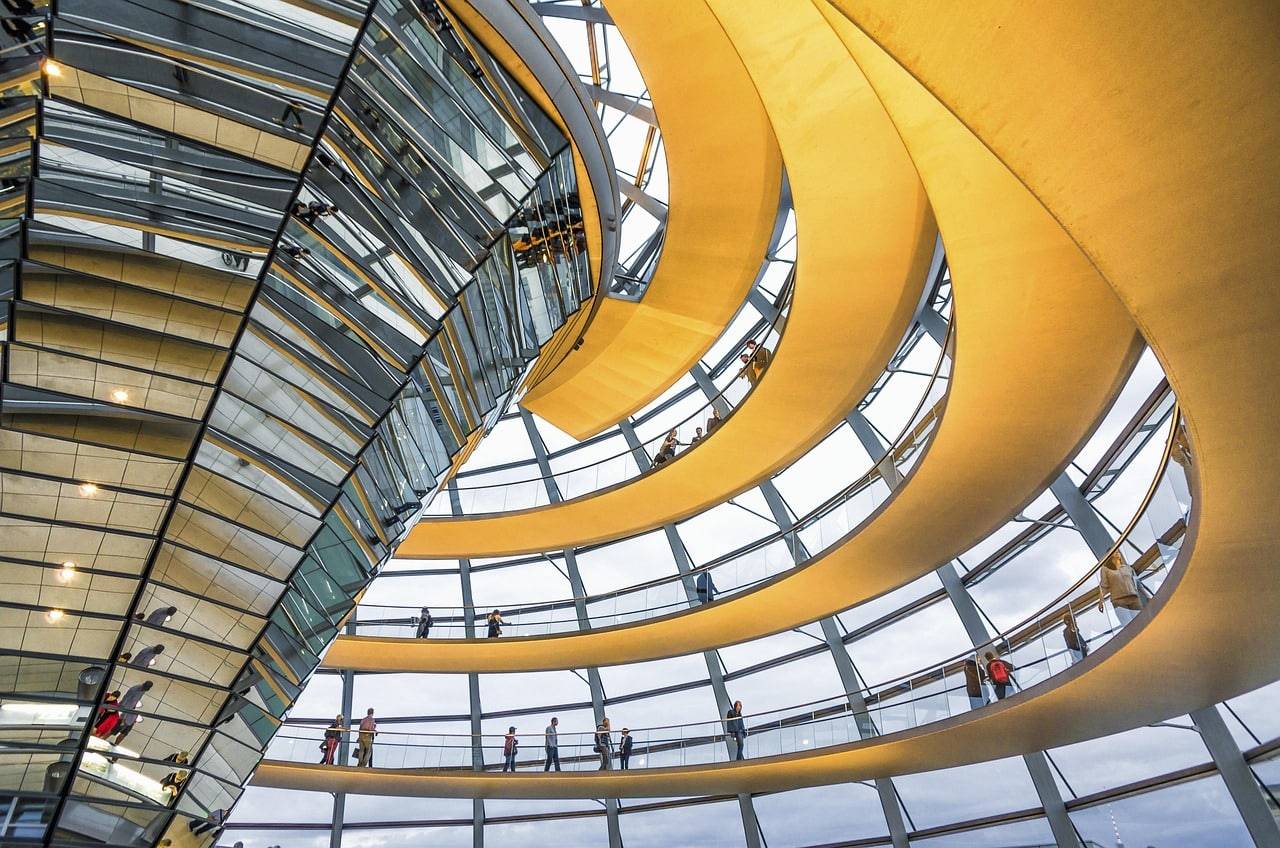
What Is Contemporary Architecture?
Contemporary architecture refers to the architectural styles and practices that are currently prevalent or have emerged since the late 20th century. It is not a singular style but a dynamic amalgamation of ideas that reflect modern lifestyles, technologies, and aesthetics.
Key features include:
- Use of sustainable and eco-friendly materials
- Emphasis on natural light and open space
- Integration of technology and smart systems
- Fluid, often unconventional forms
- Local context and global inspiration
Origins: From Modernism to Postmodernism
To understand the roots of contemporary architecture, we must look back at modern architecture, which emerged in the early 1900s with a focus on functionality, simplicity, and the rejection of ornamentation. Architects like Le Corbusier, Ludwig Mies van der Rohe, and Frank Lloyd Wright championed this approach with iconic statements like “form follows function.”
By the 1960s and 70s, postmodern architecture challenged modernism’s rigid formalism, reintroducing elements of history, color, and playfulness. Architects such as Robert Venturi and Michael Graves began to mix classical motifs with contemporary design, signaling a new, eclectic era.
The Rise of High-Tech and Deconstructivist Architecture
High-Tech Architecture
Emerging in the 1970s, high-tech architecture emphasized structure and advanced materials. Think of buildings as machines—functional, efficient, and often transparent.

Key examples:
- Featured Above: The Centre Pompidou (Paris) by Renzo Piano and Richard Rogers
- Featured Below: Lloyd’s Building (London) by Richard Rogers
These buildings exposed their inner workings—pipes, ducts, and steel beams—to celebrate industrial aesthetics.

Deconstructivism
By the late 1980s, deconstructivist architecture broke traditional rules of symmetry and harmony, creating fragmented, almost chaotic forms.
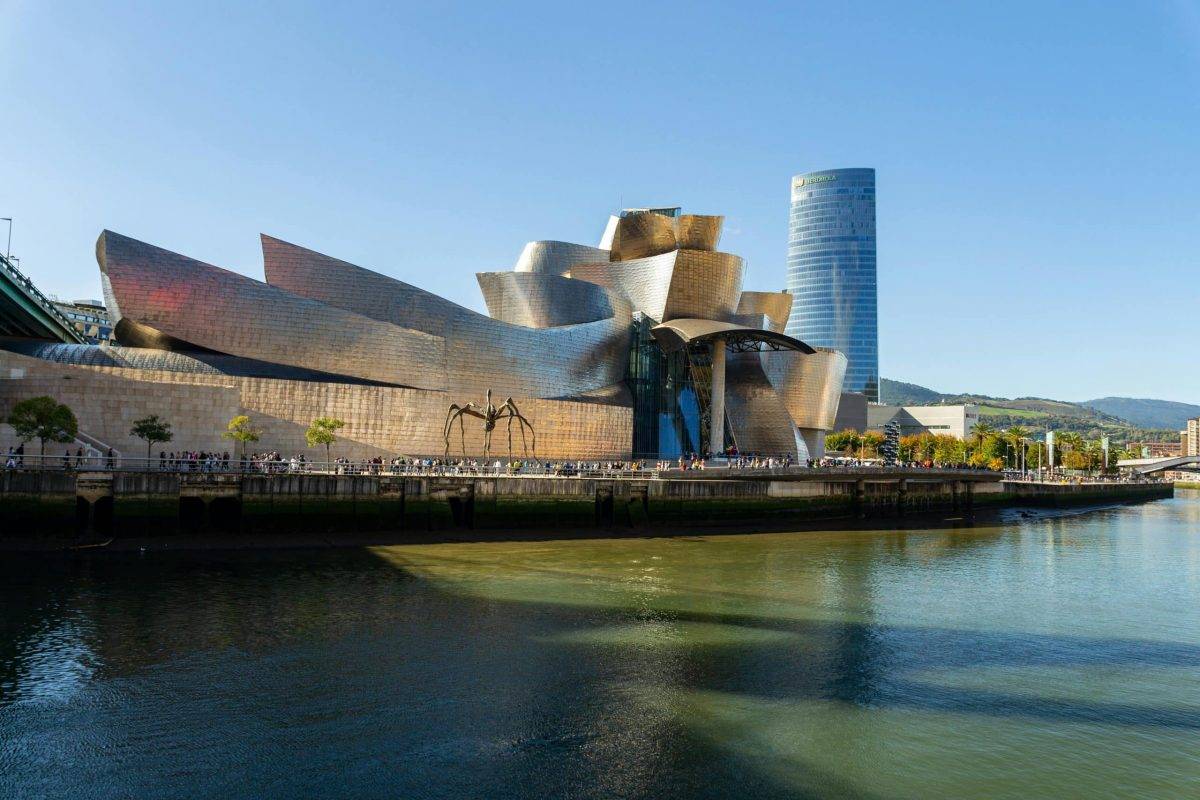
Notable architects:
- Featured Above: Frank Gehry (Guggenheim Museum Bilbao)
- Featured Below: Zaha Hadid (Heydar Aliyev Center)
Deconstructivism pushed boundaries, embracing abstraction, complexity, and radical geometry.
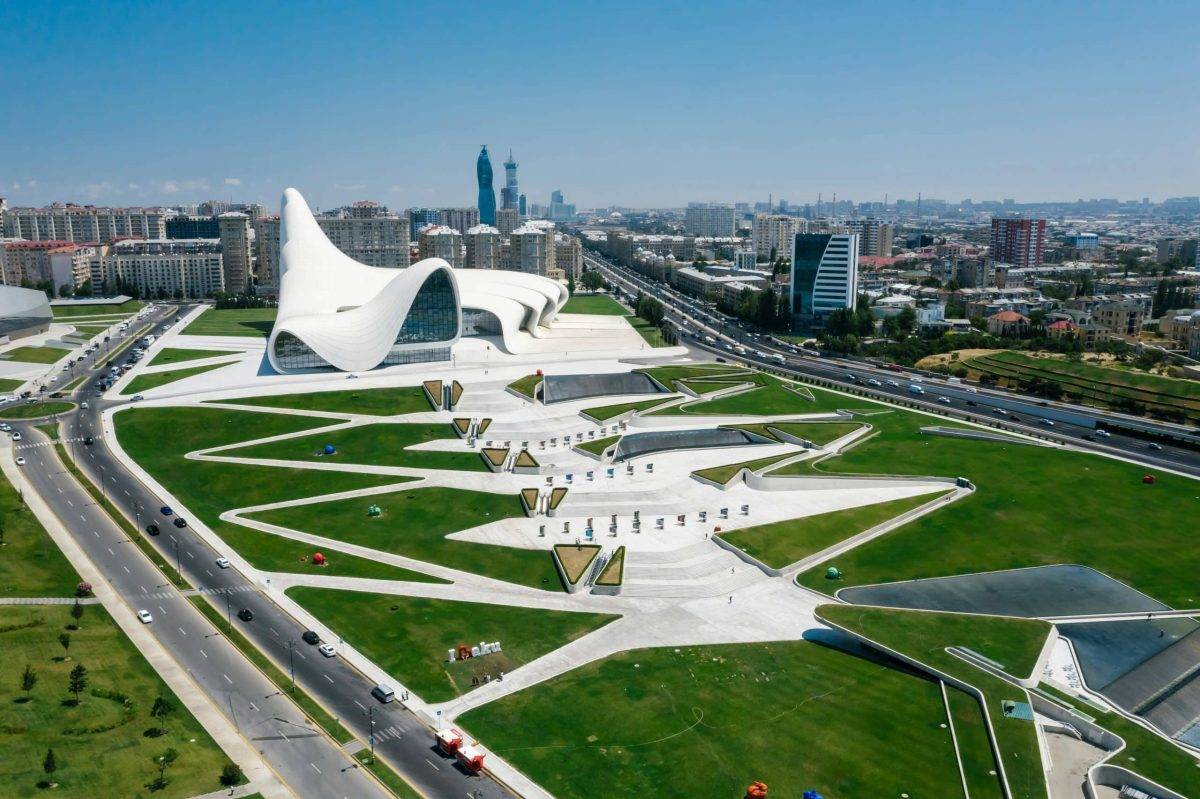
The Digital Age and Parametric Design
As the 21st century began, digital design tools revolutionized architecture. Software like AutoCAD, Rhino, and Grasshopper enabled complex forms and bespoke structures once deemed impossible.
Parametricism
Championed by Patrik Schumacher, parametricism is a contemporary style driven by algorithms and scripting. It creates fluid, adaptive designs that respond to their environment.
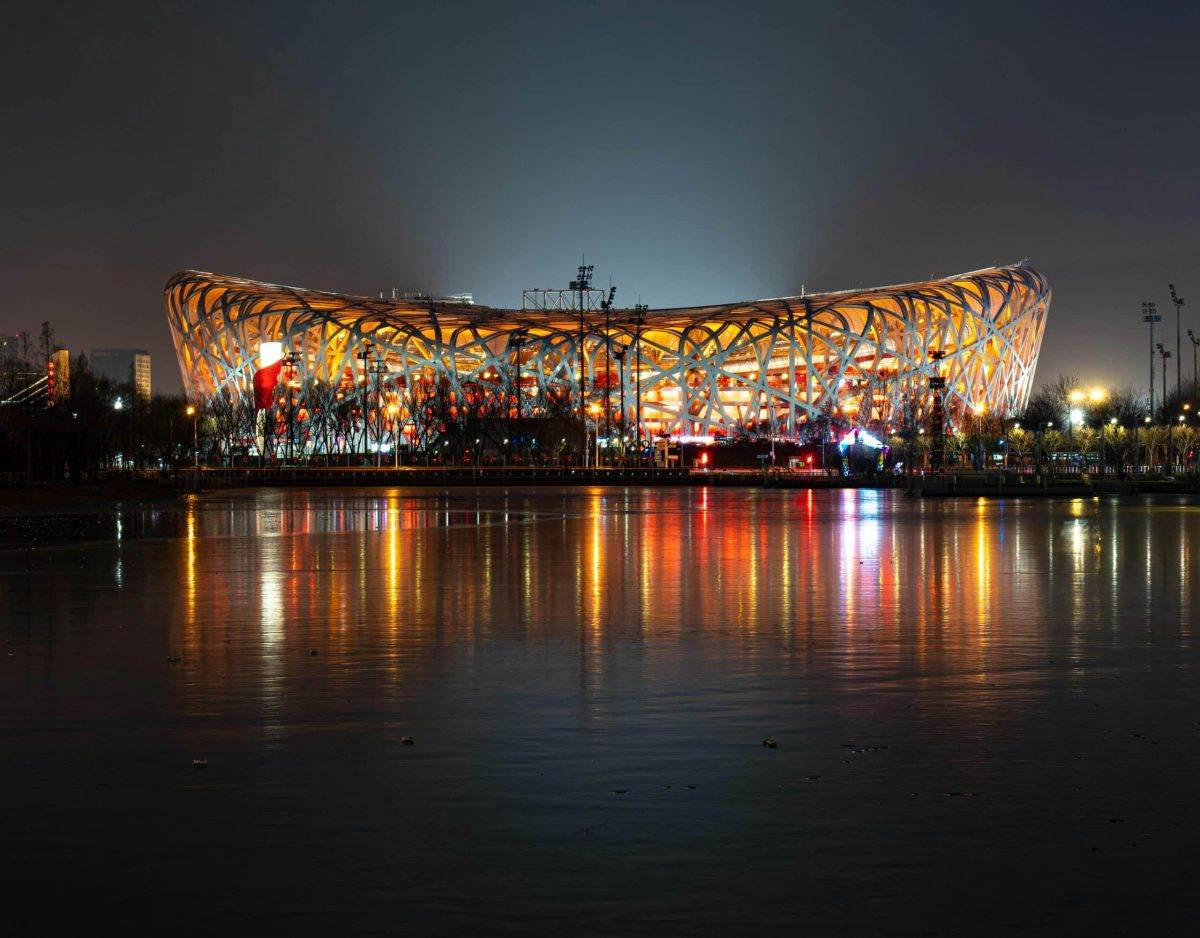
Examples:
- Featured Above: Beijing National Stadium (Herzog & de Meuron)
- Featured Below: Yas Hotel in Abu Dhabi by Asymptote Architecture
These forms, though abstract, are often highly functional and responsive.
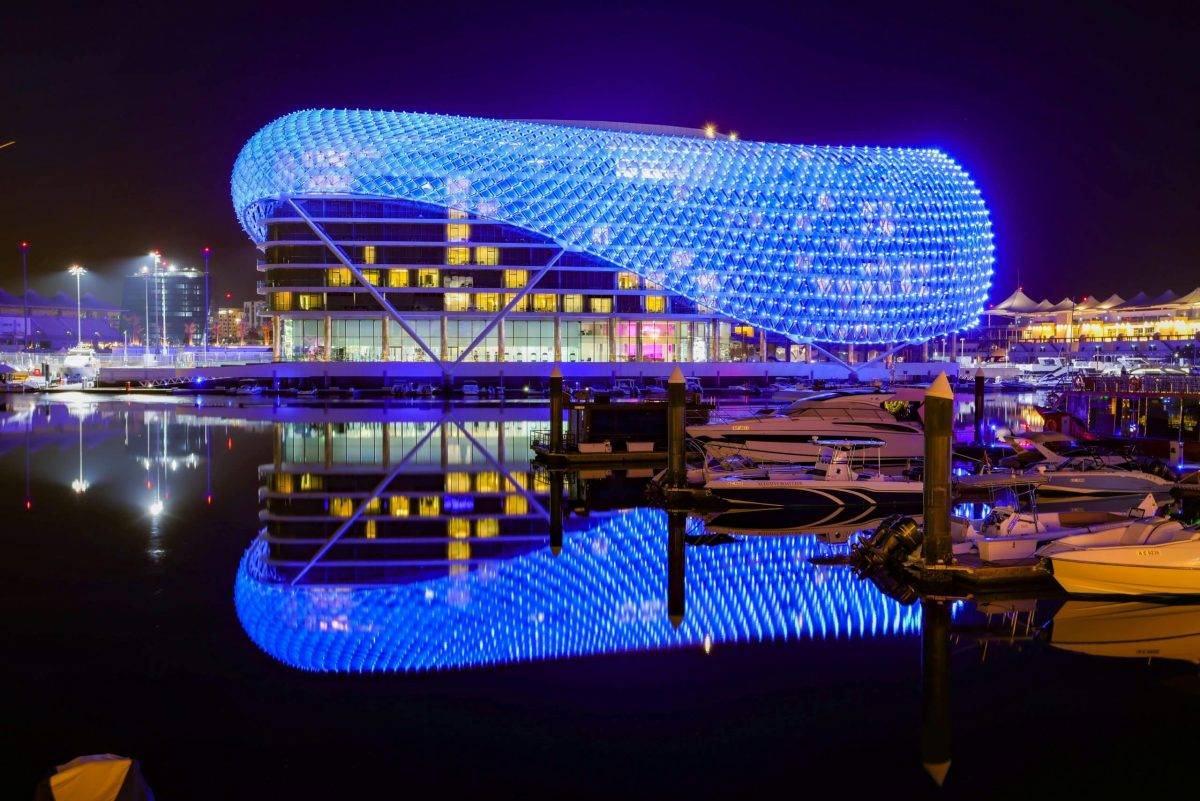
Sustainable and Green Architecture
Perhaps the most defining trend in contemporary architecture is its commitment to sustainability. As climate concerns grow, architects are embracing green practices such as:
- Passive solar design
- Recycled and renewable materials
- Green roofs and vertical gardens
- Net-zero and carbon-positive buildings
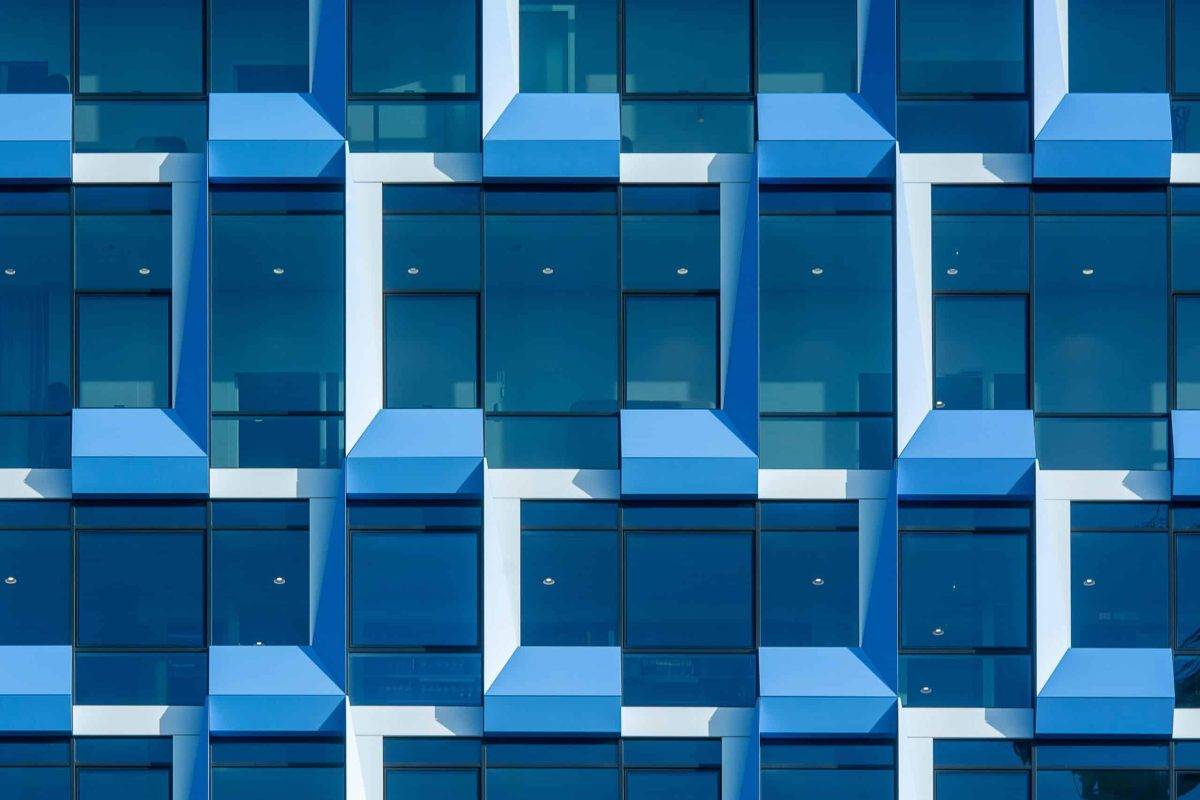
Notable green buildings:
- Featured Above: The Edge in Amsterdam – one of the greenest office buildings in the world
- Featured Below: Bosco Verticale (Milan) – a vertical forest concept by Boeri Studio
LEED certification and other sustainability benchmarks have become central to new developments worldwide.
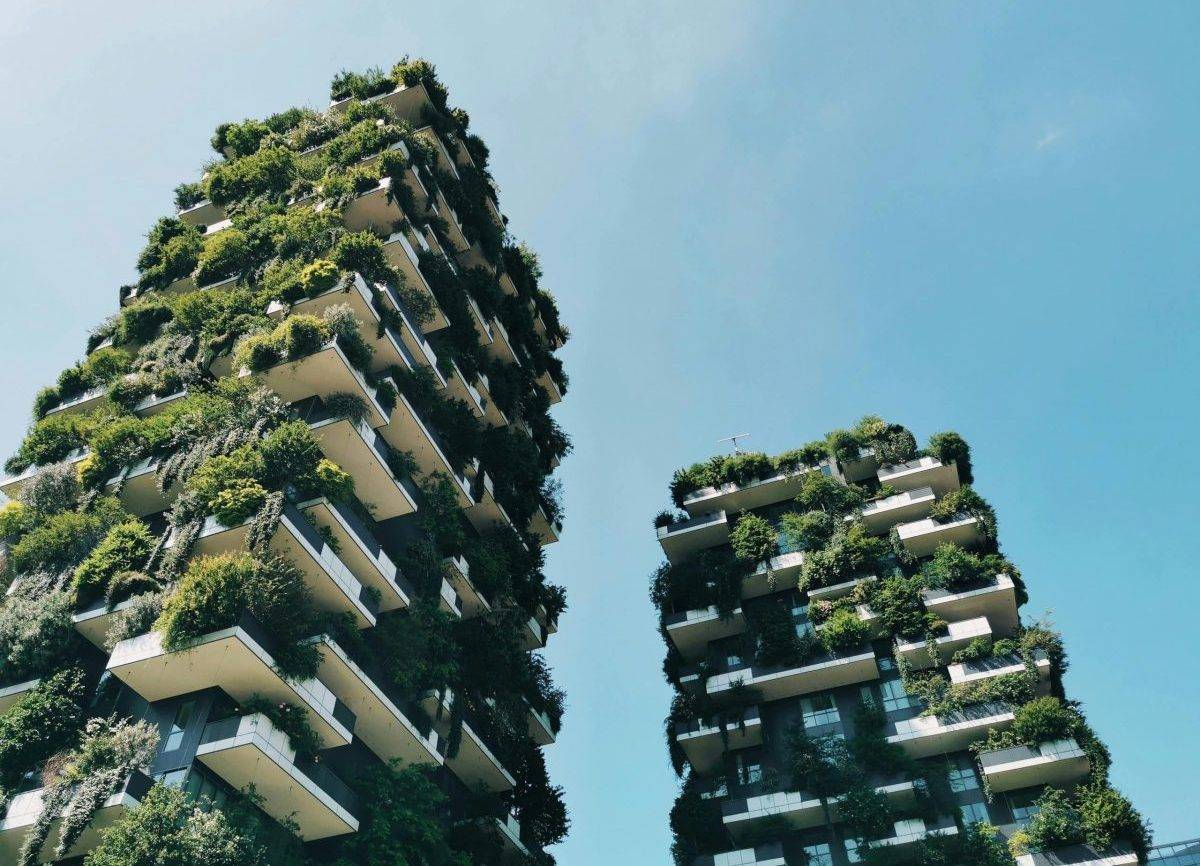
Regionalism and Cultural Identity
Contemporary architecture is increasingly shaped by local culture, history, and climate. This approach, often called critical regionalism, balances global modernism with local traditions.
Examples:
- Studio Mumbai in India blends artisanal techniques with modern design
- Vo Trong Nghia Architects in Vietnam integrates bamboo and native vegetation
This localized approach ensures buildings are context-sensitive and culturally relevant.
Famous Contemporary Architects Who Shaped the Era
Here are some visionaries who have shaped contemporary architecture over the last few decades:
- Zaha Hadid: Known for Futuristic, curvilinear designs Famous works: MAXXI Museum (Rome), London Aquatics Centre
- Frank Gehry: Known for Sculptural, deconstructivist forms Famous works: Guggenheim Bilbao, Walt Disney Concert Hall
- Norman Foster: Known for High-tech, sustainable buildings Famous works: The Gherkin (London), Apple Park (California)
- Bjarke Ingels: Known for Playful, functional, and eco-conscious design Famous works: 8 House (Copenhagen), Amager Bakke waste-to-energy plant
- Jeanne Gang: Known for Community-focused and ecologically sensitive design Famous works: Aqua Tower (Chicago), Studio Gang projects across the U.S.
Iconic Contemporary Buildings Around the World
Let’s explore some landmark buildings that define the era:
- The Shard – London, UK – Architect: Renzo Piano – A glass-clad pyramid piercing the London skyline.
- Gardens by the Bay – Singapore – Architects: Grant Associates & WilkinsonEyre – Futuristic biodomes and “Supertree” structures that merge tech and nature.
- Harpa Concert Hall – Reykjavik, Iceland – Architect: Henning Larsen Architects – Features a kaleidoscopic glass façade that changes with the light.
- Louvre Abu Dhabi – UAE – Architect: Jean Nouvel – An architectural marvel with a floating dome and a “rain of light” effect.
- Museum of Tomorrow – Rio de Janeiro, Brazil – Architect: Santiago Calatrava – Combines sustainability and visionary aesthetics.
The Future of Contemporary Architecture
As we look ahead, the future of contemporary architecture seems to rest on three pillars:
- Sustainability: Net-zero carbon buildings and regenerative design will be the norm rather than the exception.
- Technology: Smart buildings with integrated AI, responsive environments, and robotics will transform the way we live and work.
- Equity and Community: Design will increasingly address social challenges, providing equitable access to quality housing and public space.
Conclusion
The history of contemporary architecture is a story of transformation—of breaking boundaries, rethinking traditions, and imagining new possibilities. From the glass boxes of modernism to the organic forms of parametric design and the green ethos of today, contemporary architecture continues to evolve with humanity’s aspirations and anxieties. As our world changes, so too will the built environment. And one thing is clear: contemporary architecture will remain a powerful force in shaping not just cities, but the future of how we live, work, and connect.

